LEAH CONWAY
Seasonal Naturalist, Blacklick Woods
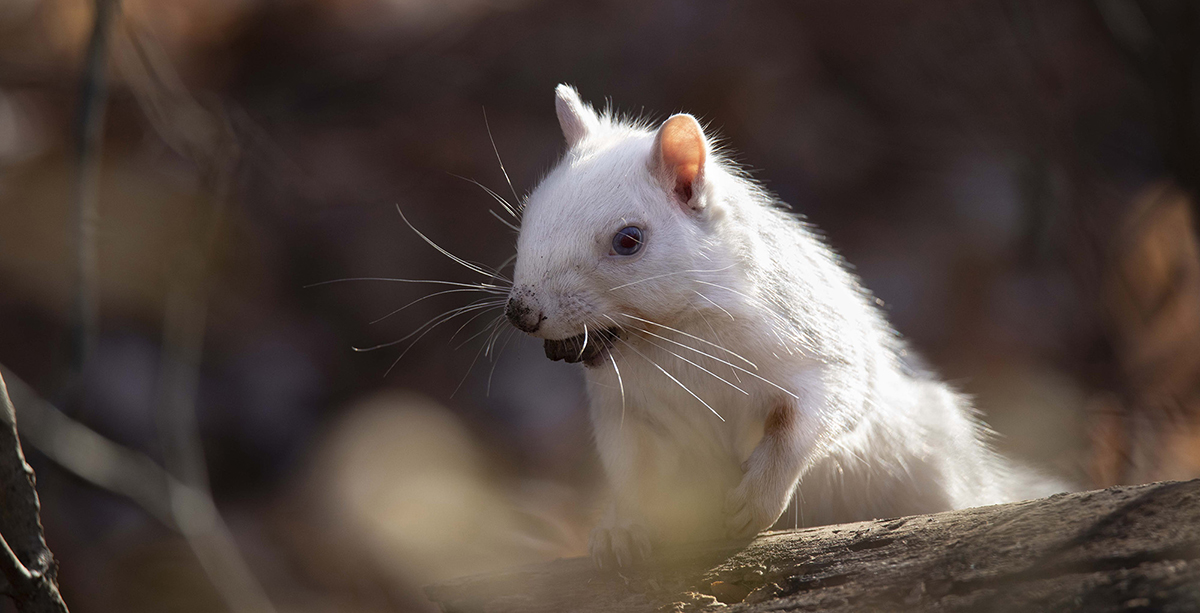
Have you noticed a white squirrel while on any of your walks in the Metro Parks? In particular if you’re strolling about on the Buttonbush, Walter Tucker, or Maple trails at Blacklick Woods? If you have, you may have wondered “Are gray, black, and white squirrels the same? Or are they different species?”
Though their appearance certainly differs, the squirrels pictured in this article are all eastern gray squirrels (Sciurus carolinensis).
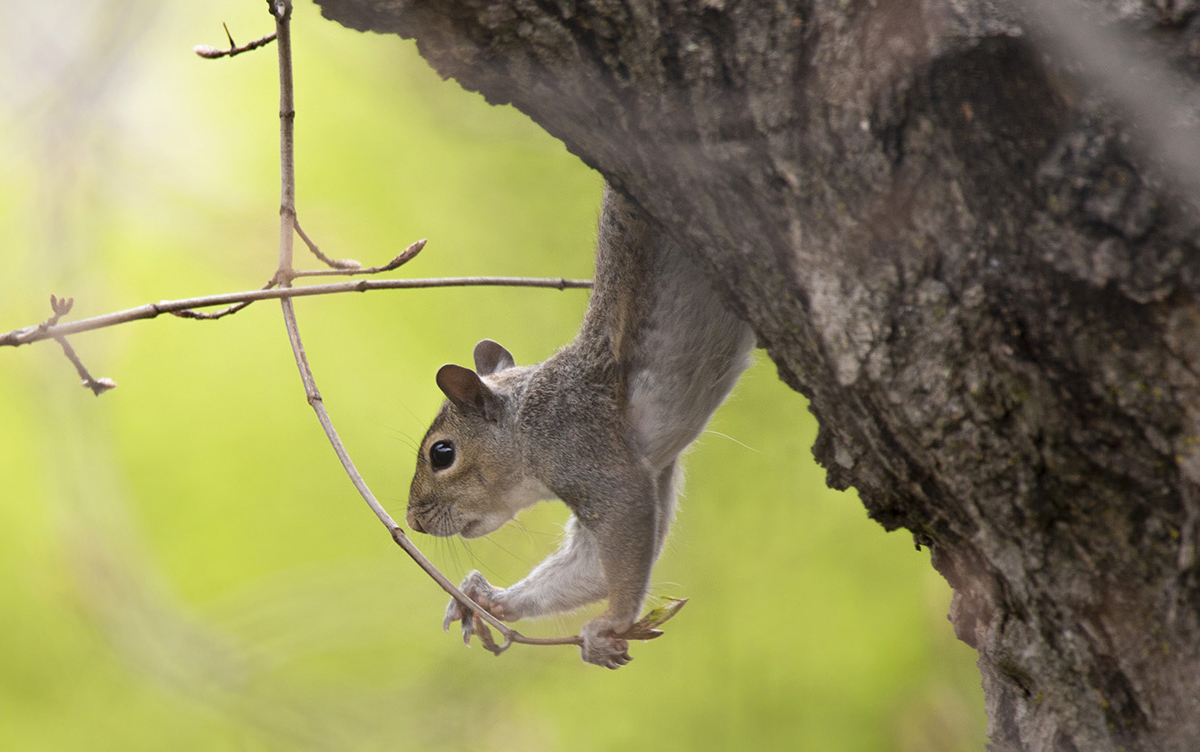
So how can they be the same species but look so different? The answer lies in their genes. In black squirrels, there is an overproduction of the dark pigment melanin, which makes them appear black or very dark brown, depending on the light.
In white squirrels, there is an absence of melanin, so they lack coloration partially or entirely.
But wait! There’s more! If a squirrel is white, does that mean it’s albino? Not necessarily. Albinism isn’t just an underproduction of melanin, it’s the complete absence of melanin because the animal lacks the particular enzyme to produce it. Another condition, leucism, can create a white or partially white (known as piebald) individual, as a result of a lack of melanin-producing cells in some or all parts of the body. However, one big tell when trying to determine whether a white squirrel, or any white animal, is albino or leucistic is to look at its eyes. If they’re red or light blue, they’re albino, and if they’re any other color like brown or black, they’re leucistic.
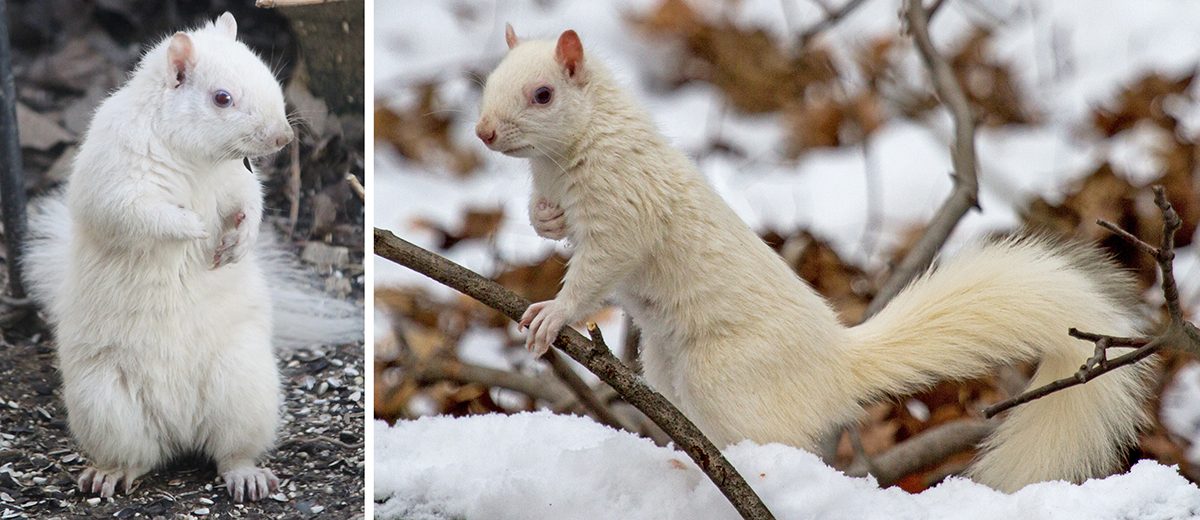
Albino and leucistic animals, though interesting for us to observe, generally don’t live very long for a couple of reasons – they have poorer eyesight because their light blue or red eyes don’t reduce glare from the sun as effectively as darker eyes, and they’re also more easily seen by predators. However, in some cases, the fact that they’re white makes them so unlike typical prey that predators don’t immediately recognize them!
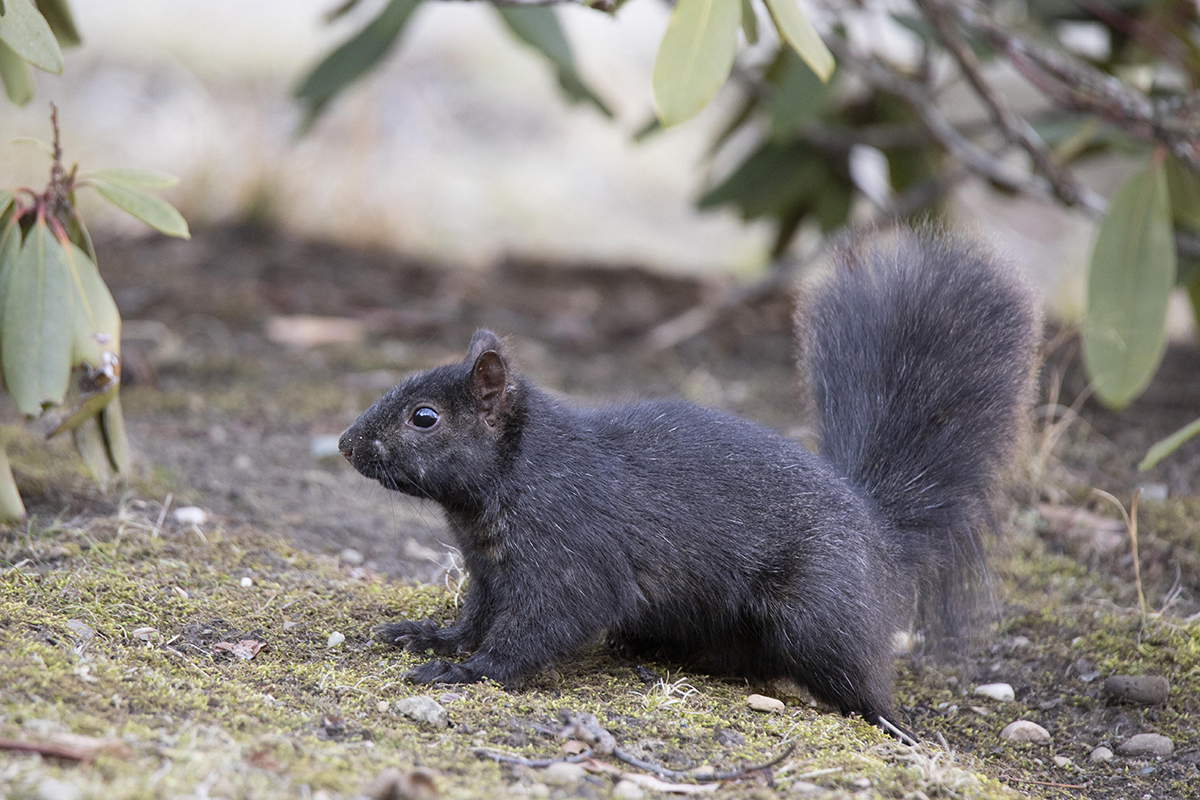
Melanistic individuals are more common in northern climates where their dark fur helps them absorb heat and thermoregulate in the cold. The black squirrels seen here were photographed at Kent State University in northern Ohio, where a concentrated population has lived for over 50 years after university staff imported them from Canada. Black squirrels had once regularly been seen in the area but were dying off, and it’s theorized that they had an advantage over lighter-colored squirrels when most of the area’s forests were old growth and little light penetrated the forest canopy. When these areas were deforested, squirrels with lighter fur gained the upper hand. Initially, ground staff helped the 10 imported individuals survive by installing feedbaskets, but they’ve long since been taken down and the population remains steady on its own.
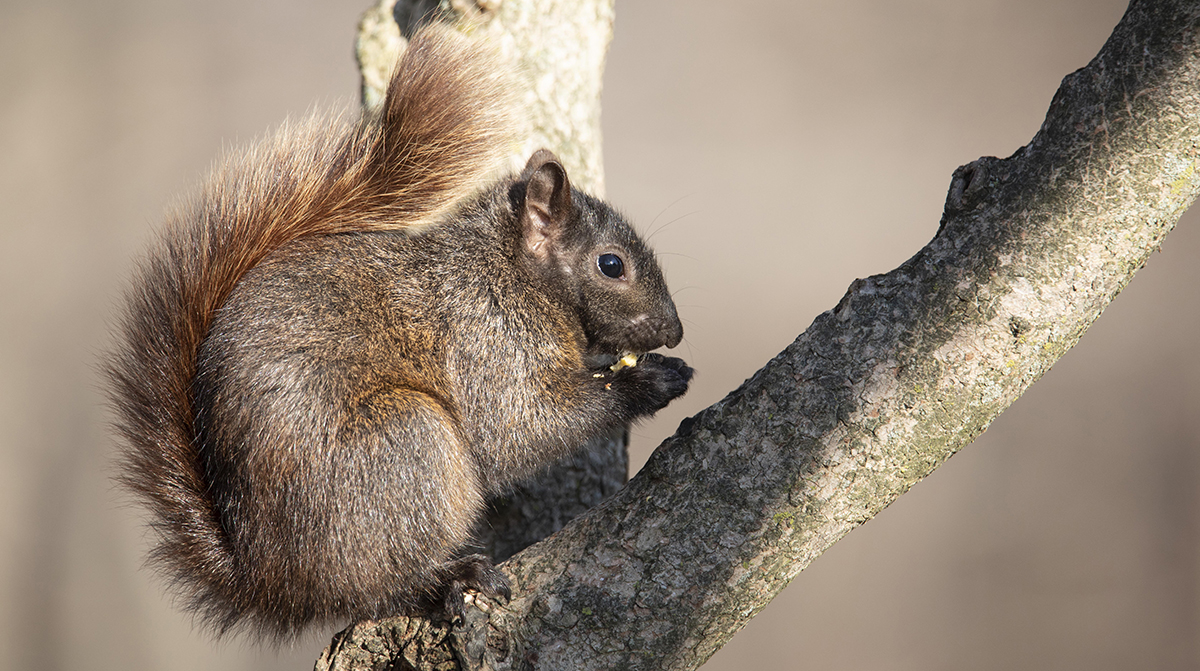

Thanks for the interesting info! I’ve seen what I think are white squirrels while walking at Battelle Darby Creek and Blendon Woods. I love all the different things that can be seen at the parks!
I’ve seen squirrels that are reddish, about the same color as a fox at Blendon Woods and Sharon Woods.
I noticed a white squirrel last week, November 13. It was near where the Buttonbush and Maple Loop Trails intersect on the east side of the park. Easy to spot amidst the autumn-colored leaves.